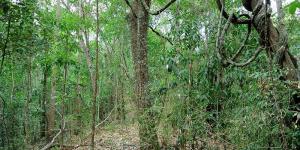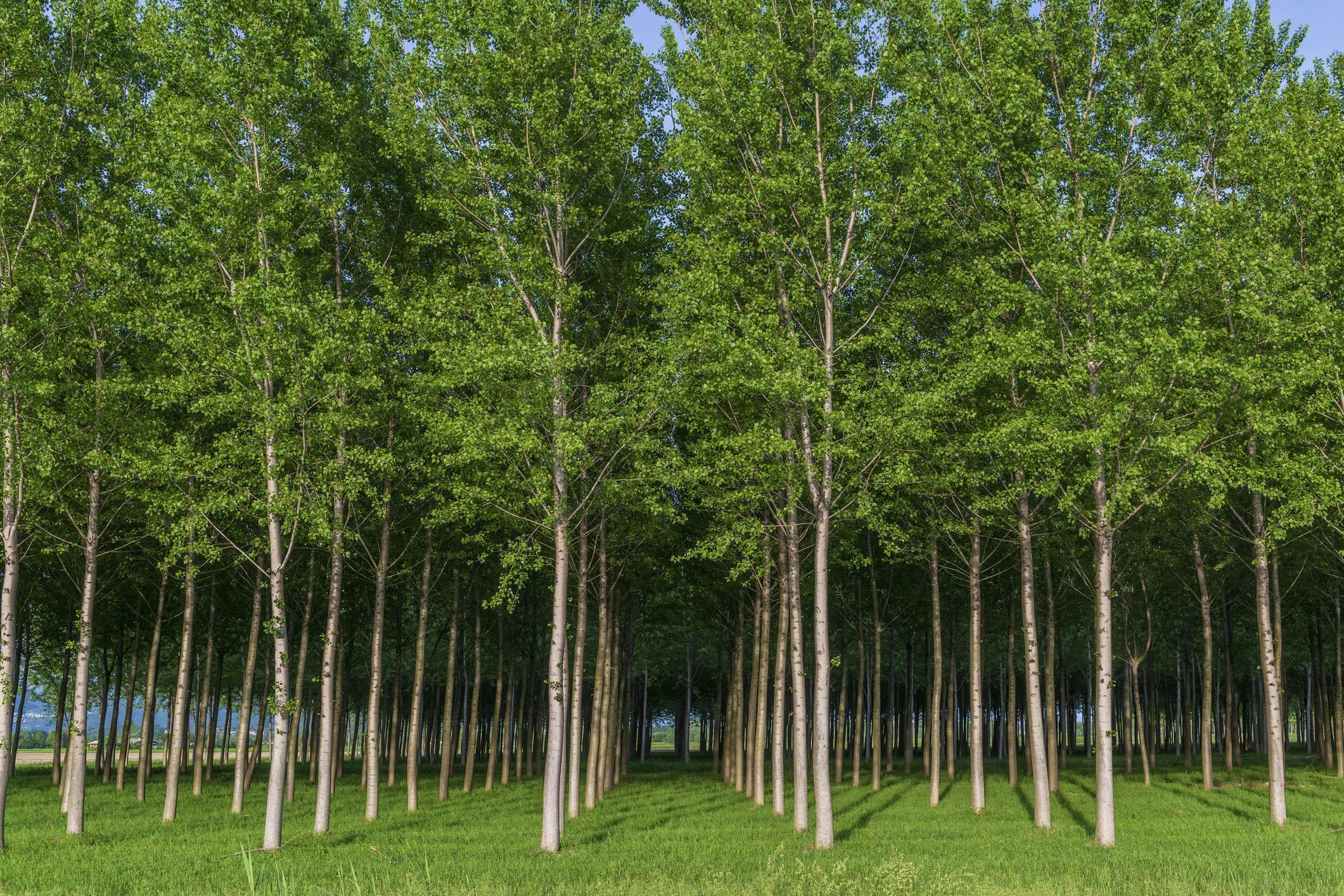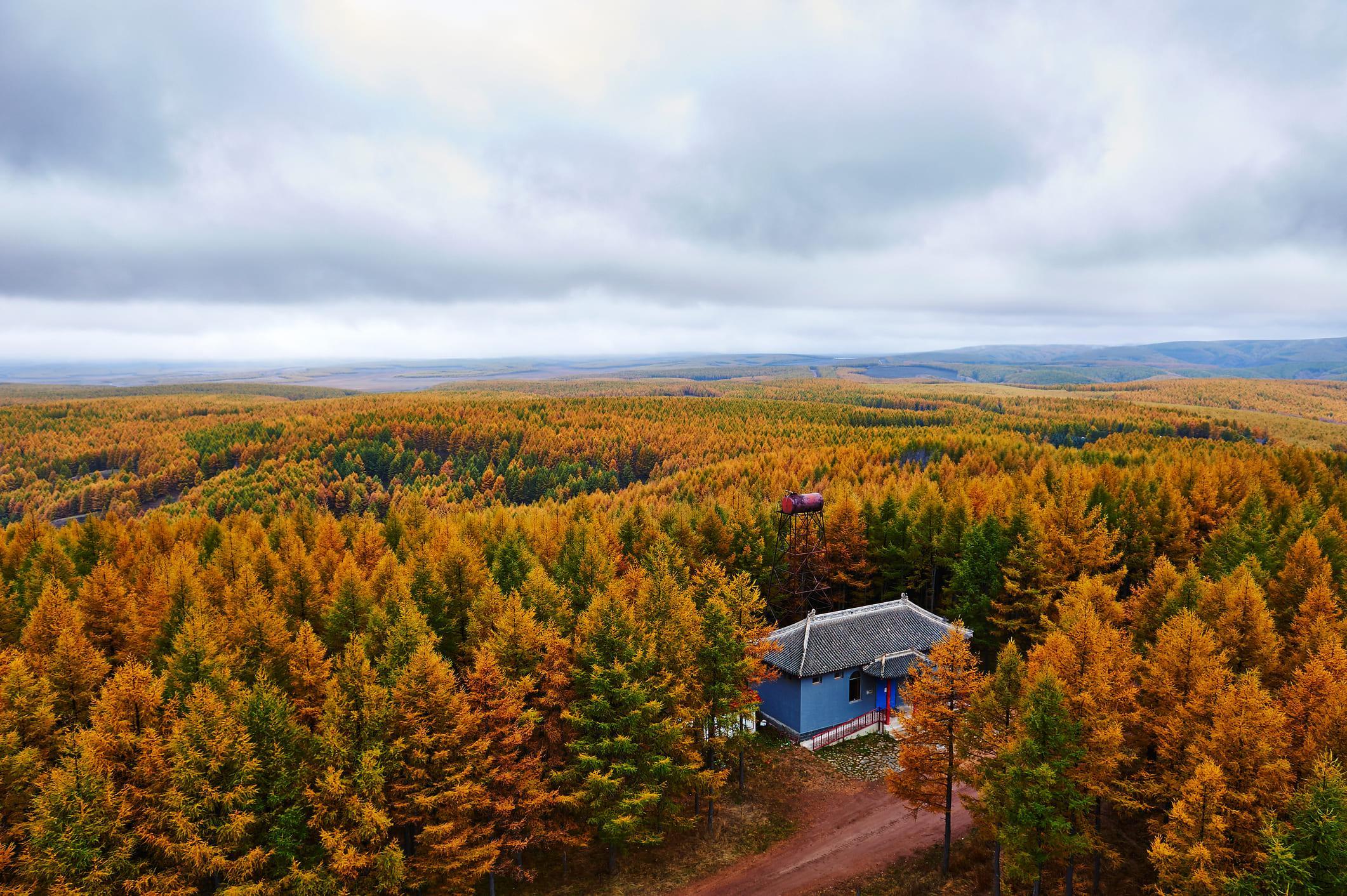What Are Artificial Forests?

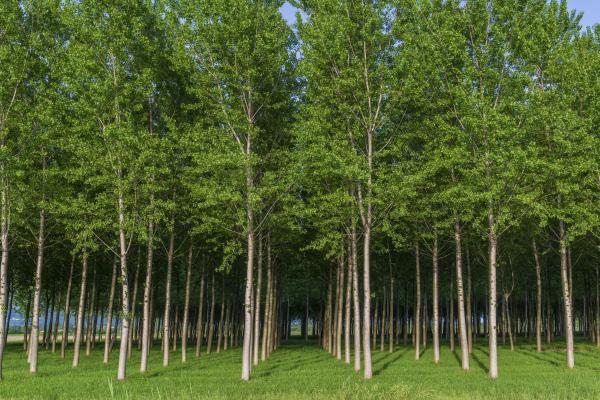
Artificial forests, also referred to as cultivated or planted forests, are created by human intervention and serve specific purposes such as timber production, biodiversity conservation, or carbon sequestration. Unlike natural forests that evolve and develop spontaneously, artificial forests are meticulously planned and managed by humans. Balancing the conservation of natural forests with the establishment of well-managed artificial forests can contribute to sustainable land use and the preservation of our planet's natural resources.
The following article from thedailyECO explains what artificial forests are, as well as their main characteristics, flora, fauna, and provides various examples of artificial forests around the world.
What are artificial forests?
Artificial forests, also referred to as cultivated forests, are forests created by humans through deliberate planting procedures using either native or non-native species.
Some of these forests have been established primarily for the purpose of obtaining specific resources, such as timber. As a result, large areas of native forests have been transformed into uniform landscapes dominated by monocultures of exotic species like eucalyptus and pine. These particular species can have significant environmental impacts as they alter and simplify the original ecosystem.
In other cases, artificial forests have been planted on vacant lands or former agricultural areas within or near urban centers, providing numerous benefits. These forests help mitigate flooding and soil erosion, enhance biodiversity within urban areas, reduce noise and air pollution, and create recreational spaces for the community, among other contributions.
In various regions worldwide, plantations have been utilized as a means of restoring and rehabilitating forest ecosystems, as well as to alleviate pressures on native forests and enhance the well-being of local populations. This approach aims to recover environmental services provided by forests and promote sustainable practices.
What is the difference between an artificial forest and a natural forest?
As mentioned before, artificial forests are intentionally established and managed by humans through planting, while natural forests develop without direct human intervention. Human intervention is required to establish and maintain artificial forests, whereas natural forests rely on natural processes. Natural forests play a crucial role in biodiversity conservation, nutrient cycling, water and climate regulation, and offer a wide range of ecosystem services, while artificial forests provide certain benefits but with limited biodiversity-related advantages.
Do not miss this other article, where we explain what secondary forests are and their importance.

Characteristics of artificial forests
Artificial forests possess several distinct characteristics compared to natural forests. Some key features of artificial forests include:
- Human establishment: artificial forests are deliberately created by humans through planting procedures. They are established with specific objectives in mind, such as timber production, environmental restoration, biodiversity conservation, or carbon sequestration.
- Species composition: unlike natural forests that consist of species that grow spontaneously, artificial forests are composed of species selected and planted by humans. These species can be either native or exotic, depending on the intended purpose of the forest.
- Simple and homogeneous structure: artificial forests typically exhibit a simpler and more homogeneous structure. The planted species are often of the same type, age, and size, resulting in a more uniform appearance. In contrast, natural forests tend to have a complex and heterogeneous structure with a greater variety of plant species and age classes.
- Active management: man-made forests require active management to ensure their development, productivity, and sustainability. This includes practices such as pest and disease control, tree pruning and thinning, fertilization, irrigation, and fire management. Regular monitoring and intervention are carried out to optimize the growth and health of the planted trees.
- Rehabilitation of degraded land: artificial forests offer the opportunity to rehabilitate degraded or deforested lands that would not naturally regenerate due to severe damage or environmental conditions. They can help restore ecosystem functions, prevent soil erosion, and promote the recovery of biodiversity.
- Specific functions and objectives: artificial forests are often established with specific functions and objectives in mind. These can include timber production, soil stabilization, habitat creation for wildlife, water resource protection, or carbon sequestration to mitigate climate change. The selection of species and management practices are tailored to achieve these desired outcomes.
- Complementary to natural forests: while artificial forests have their unique characteristics, they are often designed to complement natural forests. They can help reduce the edge effect, increase landscape connectivity, and provide additional ecological services in areas adjacent to native forest ecosystems.
You might be interested in this other article where we explain what a gallery forest is.
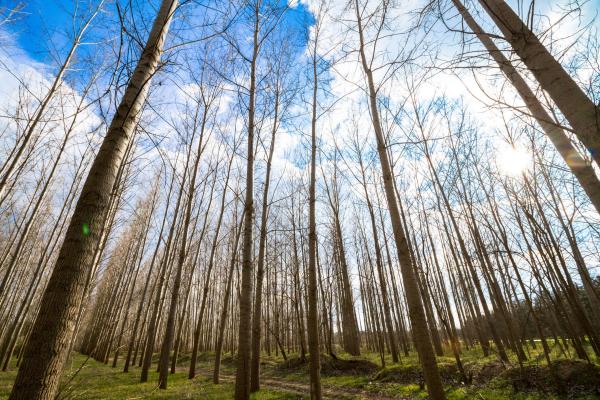
How is the flora and fauna in artificial forests?
The flora and fauna of artificial forests can vary depending on several factors, including the species of trees planted, the geographical location, and the management practices implemented. Here are some characteristics of the flora and fauna in artificial forests:
Flora
- Dominant plant species: artificial forests are often established with specific objectives such as timber production or ecosystem services. As a result, they are typically composed of a limited number of selected tree species. These species are usually fast-growing or commercially valuable.
- Reduced species diversity: the simplified and uniform nature of artificial forests, with a dominance of a few selected species, can lead to a decrease in plant species diversity compared to natural forests. The absence of natural regeneration processes and the exclusion of native plant species results in a less complex vegetation structure.
- Plantation design: artificial forests are carefully planned and managed, with trees planted in rows or patterns to optimize growth and harvest. This design can influence the composition and arrangement of the flora within the forest.
Fauna
- Limited habitat diversity: the simplified structure of artificial forests, with a focus on timber production or specific objectives, may provide limited habitat diversity for wildlife compared to natural forests. The absence of diverse understory vegetation and complex forest layers can affect the availability of food, shelter, and nesting sites for various animal species.
- Generalist species: artificial forests often support generalist species that can adapt to the simplified forest environment. These species can include birds, small mammals, and insects that can utilize the resources available in the cultivated forest.
It's important to note that the specific flora and fauna in artificial forests can vary depending on local conditions, including climate, soil type, and management practices. The establishment of artificial forests with native tree species and the implementation of biodiversity-focused management practices can contribute to greater ecological diversity and the presence of native flora and fauna.
You might be interested in this other article, where we explain the importance of thorn forests and their main characteristics.
Examples of artificial forests
There are several examples of artificial forests around the world. Here are a few notable ones:
- Plantations of eucalyptus and pine in Brazil: Brazil has extensive plantations of exotic tree species like Eucalyptus and Pine, mainly in the southern and southeastern regions. These plantations are established for timber production and are a significant source of wood and cellulose.
- Teak plantations in Southeast Asia: Teak is a highly valued tropical hardwood used for furniture and construction. Plantations of teak trees can be found in countries like Indonesia, Myanmar, and Thailand, where they are cultivated for commercial purposes.
- Rubber tree plantations in Southeast Asia: Rubber tree plantations, mainly of the species Hevea brasiliensis, are common in countries like Thailand, Indonesia, and Malaysia. The latex produced from rubber trees is used in the manufacturing of various rubber products.
- Eucalyptus plantations in Portugal and Spain: Eucalyptus plantations are prevalent in Portugal and Spain, primarily for timber production and paper manufacturing. These fast-growing trees are well-adapted to the Mediterranean climate and provide a renewable source of wood.
- Reforestation projects: Artificial forests are often established as part of reforestation initiatives to restore degraded areas or areas affected by deforestation. These projects can be found in various countries worldwide, aiming to recover natural ecosystems and enhance environmental services.
You might also be interested in this other article on the different types of forests that exist and their main characteristics.
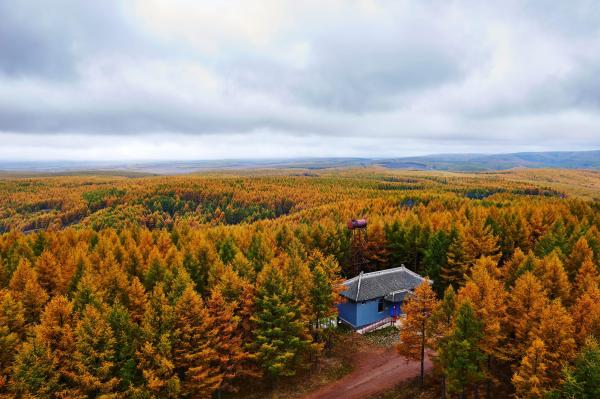
If you want to read similar articles to What Are Artificial Forests?, we recommend you visit our Ecosystems category.
- Alimonda, H. (2005). "When the trees are a desert".
- Espinosa, M., Acuña, E., García, J., Rodríguez, R., & Rubilar, R. (2017) “Forestry of planted forests for productive purposes”.
- Mejía-Salazar, G. (2021). “The Eien-No-Mori Artificial Forest in Tokyo City, Japan”.




